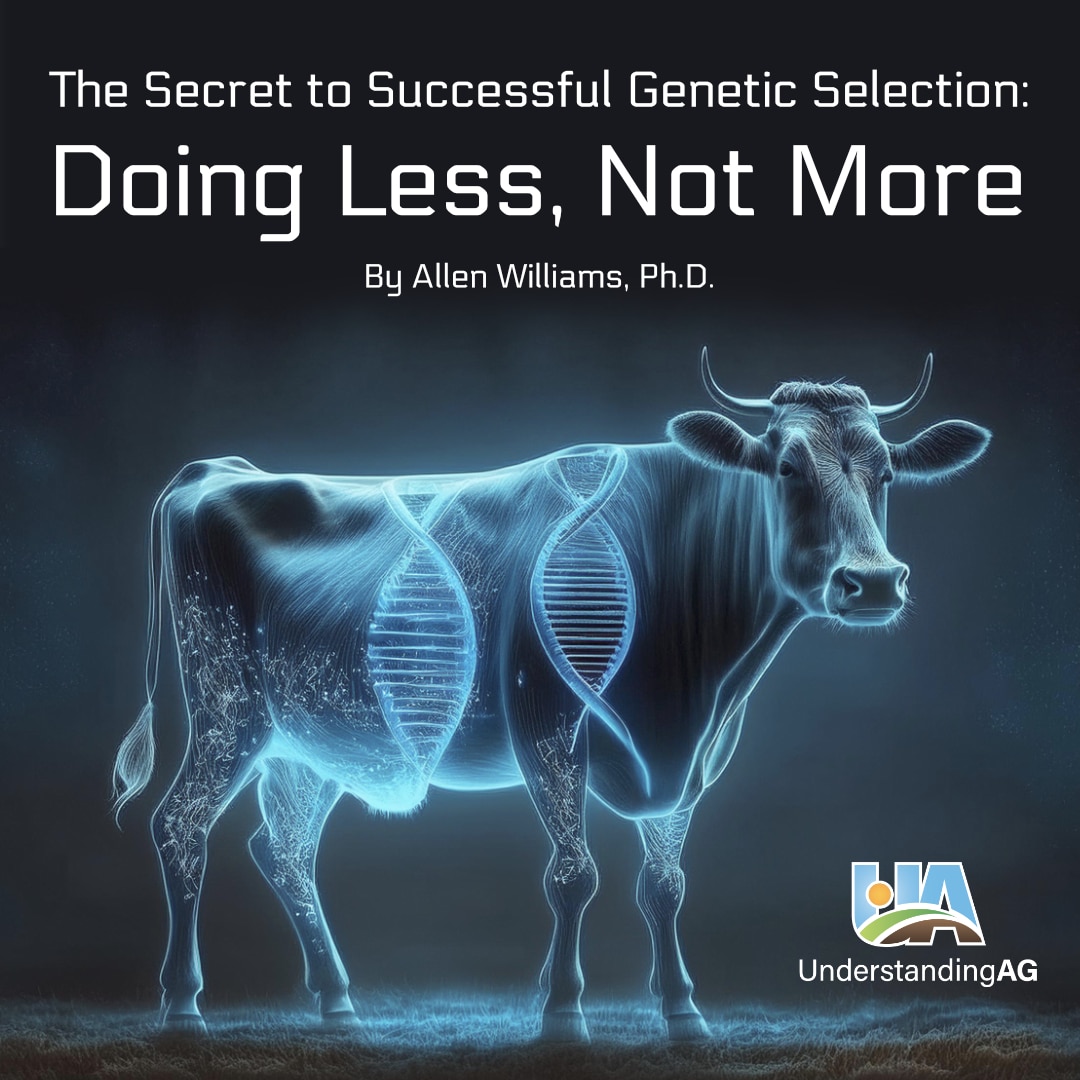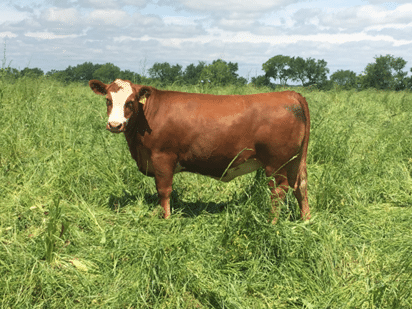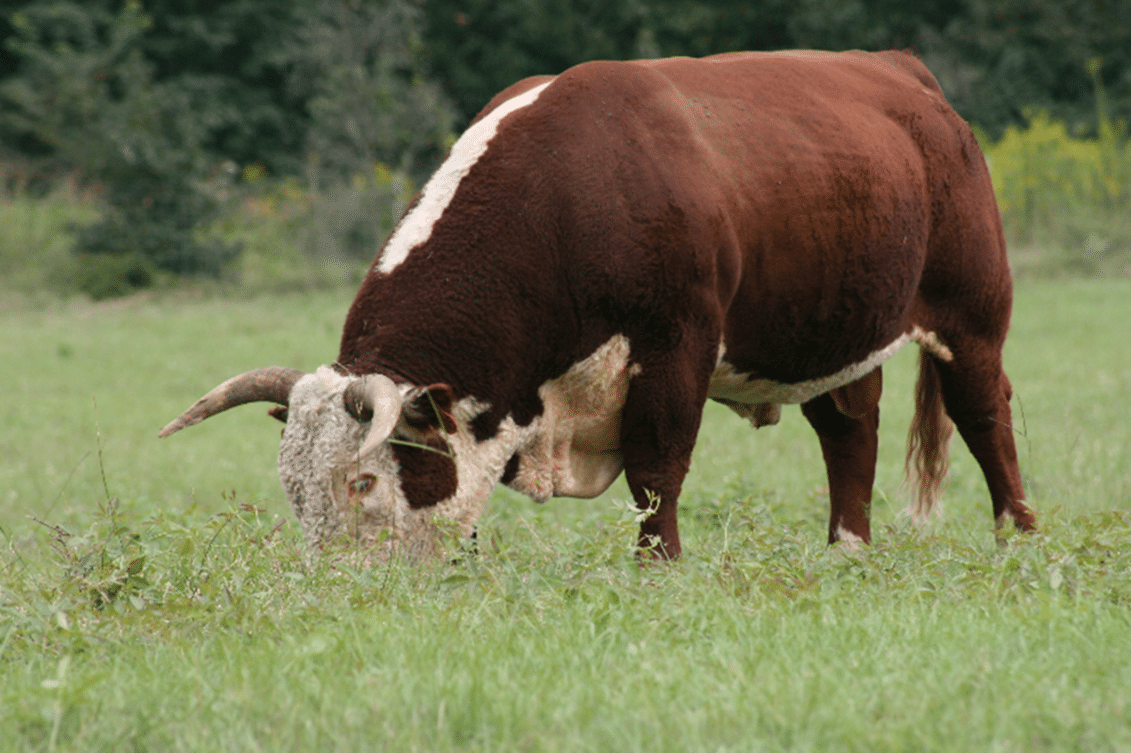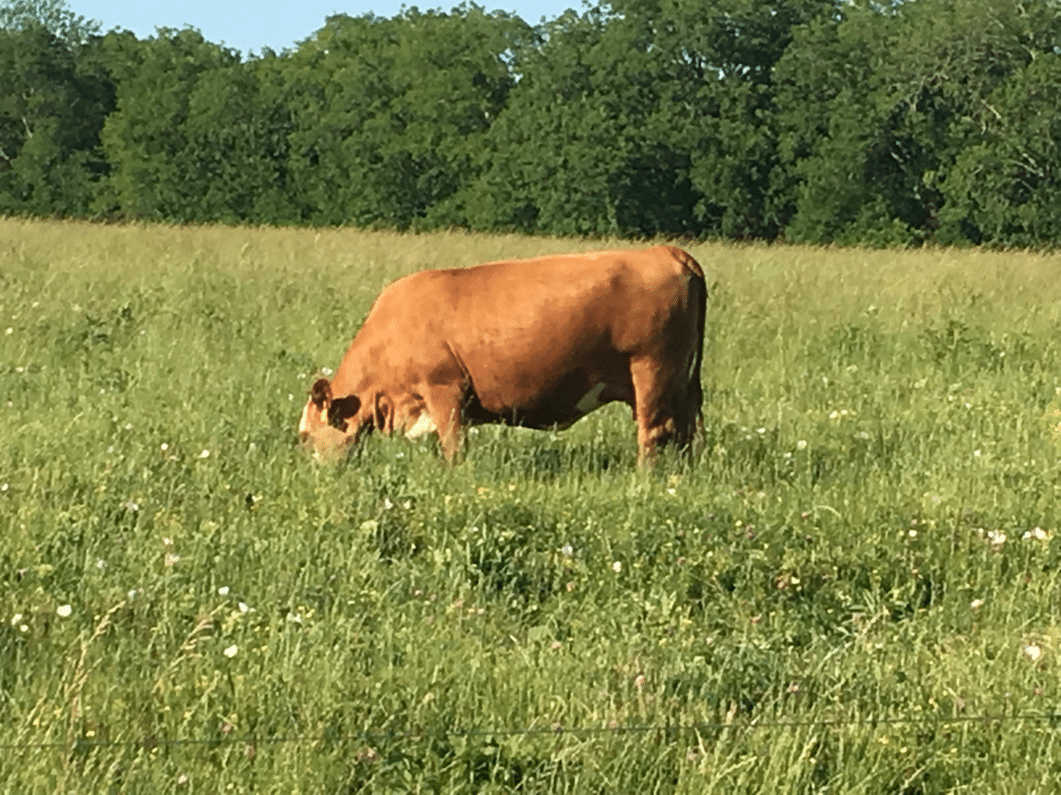
During the first six decades of my life, I have flip flopped on my thoughts regarding genetic selection for successful livestock operations. During my “growing up” years on my family’s farm, we did not use modern genetic selection tools and relied instead on a default natural selection with the fittest animals being the ones who reproduced the best. That must have worked well because the farm had supported multiple generations of my family since 1840. There were always multiple families supported by the farm.
College and Academic Years
Then, I went away to college and got “educated.” I quickly learned that if we were to be successful, we had to select for modern genetics and start using modern genetic selection tools. Or at least, that is what I was told by my professors. I bought in hook, line, and sinker. So much so that I decided to go on to graduate school and pursue a master’s degree in genetics and reproductive physiology. I didn’t stop there. I then went on to earn my Ph.D. in the same areas of expertise. At that point, I decided that my best career path was to become a university researcher and professor.
I spent the next 15 years of my life immersed in the development and use of genetic selection tools such as EPD’s and DNA Marker technology. I also became enamored with the use of reproductive technologies such as artificial insemination (AI) and embryo transfer (ET). I became somewhat of an expert at the use of these technologies and was director of the university reproductive physiology laboratory. I didn’t just do routine embryo transfer, I also did follicular oocyte aspiration, in vitro fertilization, embryo splitting and embryo sexing. We even operated a reproductive clinic for seedstock producers. At the same time, I was also the Director of the university’s Central Bull Test Station.
After 10-plus years of being fully bought in to the use of all these modern tools, I began to have some doubt creeping in. I realized that our livestock were not getting better, but were becoming more reliant on supplements and pharmaceuticals. Their real-life performance out in the pasture was not superior, but actually inferior (without the “crutches”). Farmer and rancher net profits were not increasing, but reliance on inputs and technologies that all cost real money were. We had bulls being consigned to the bull test station that were fast growing but fell apart once put in a pasture with cows. Seedstock producers would bring me donor cows that had not been able to conceive for a year or longer and say “Super-ovulate her and collect embryos. I paid a lot for her and need some progeny out of her.” If you don’t immediately recognize the irony in that request, then this article is not for you.
In the last five years of my academic career, I began to wrestle with myself and had to ask, “just what are you doing”? I was a tenured and promoted professor, but I no longer believed in the track I was following, so I made the decision to resign my position at the university and return to full-time ranching and to do some consulting. At that point, I no longer had a guaranteed paycheck or benefits and the security of research grants paying for what I did. I had to make it on my own and pay my own way. That meant another flip flop. I started thinking about how my family was successful all those generations. I had to do some deep introspective examination.
The “Waking Up” Years
What did I do? I went back to the ways that are so old, they are new. Whereas I once went to great lengths to select replacement heifers by measuring pelvic area, hip height, heart girth, weaning weight and yearling weight; doing reproductive tract scores; looking at available EPD’s; sorting only the so-called top end for breeding; I switched to exposing all heifers to breeding as 14-16 month olds for a 42-day period for calving at two years of age. Instead of worrying about the percentage that got pregnant, I realized that the ones who conceived were the most fertile and best epigenetically adapted, and the rest were to be turned into meat. I completely stopped worrying about breed-up percentage and about feeding the heifers to reach a target breeding weight.
What happened? The ones that were the most epigenetically adapted conceived and became members of the mature cow herd. The rest were finished on grass and harvested for meat. I stopped spending untold dollars on supplements and feedstuffs, on running cattle through the corrals to take all kinds of measurements, on spending my valuable time trying (in vain) to make the best genetic selection decisions. Net profitability increased significantly. Once confirmed pregnant, the heifers were put back in with the mature cows and calved with the mature cows with no calving check. Longevity, soundness, fertility and adaptability improved radically. Calving problems went away, and we now have cows that routinely last well into their late teens and even early 20’s.
Picture 1. South Poll Heifer developed on grass alone.
With bull selection, I completely ignored EPDs and DNA Markers. I did not pay attention to weaning weights or yearling weights, ADG, or other “performance” parameters. I instead focused on phenotype, soundness, masculinity, testicular development and orientation, and epigenetic factors. If they did not look like a bull at one year of age, I was not interested, regardless of what their numbers were. Bulls had to be athletic, not fat. They had to be highly fertile and full of vigor.
Picture 2. Hereford Bull Developed on Grass with No Supplements.
When bulls were put in with cows they were expected to perform without supplementation. They had to maintain their body condition while being athletic enough to get a lot of cows pregnant. No excuses were given or accepted. If they failed, they were culled.
Cows were expected to remain sound in their feet and legs, teeth, eyes, and udders deep into their teens. No excuses were made for a cow failing to breed back or losing a calf. If that happened, they were culled (often being turned into meat). Cows were not propped up by extensive supplementation or pharmaceuticals. They were to maintain good body condition from pasture alone and raise a calf to weaning age every 365 days. They were to be docile and maternal. We move them daily to new paddocks and each cow is expected to retrieve her calf and make certain that calf moves with her.
Picture 3. South Poll Cow in her working clothes.
Summary
What I had to discover was that all the genetic and reproductive technology in the world can never replace simple epigenetic selection. I had to discover that less results in more: More productivity, more longevity, more soundness and fertility, better adaptability, and significantly more net profitability. Sometimes we outsmart ourselves and believe that our technologies are the key.
To put it simply, by going back to my roots, I found my future.



